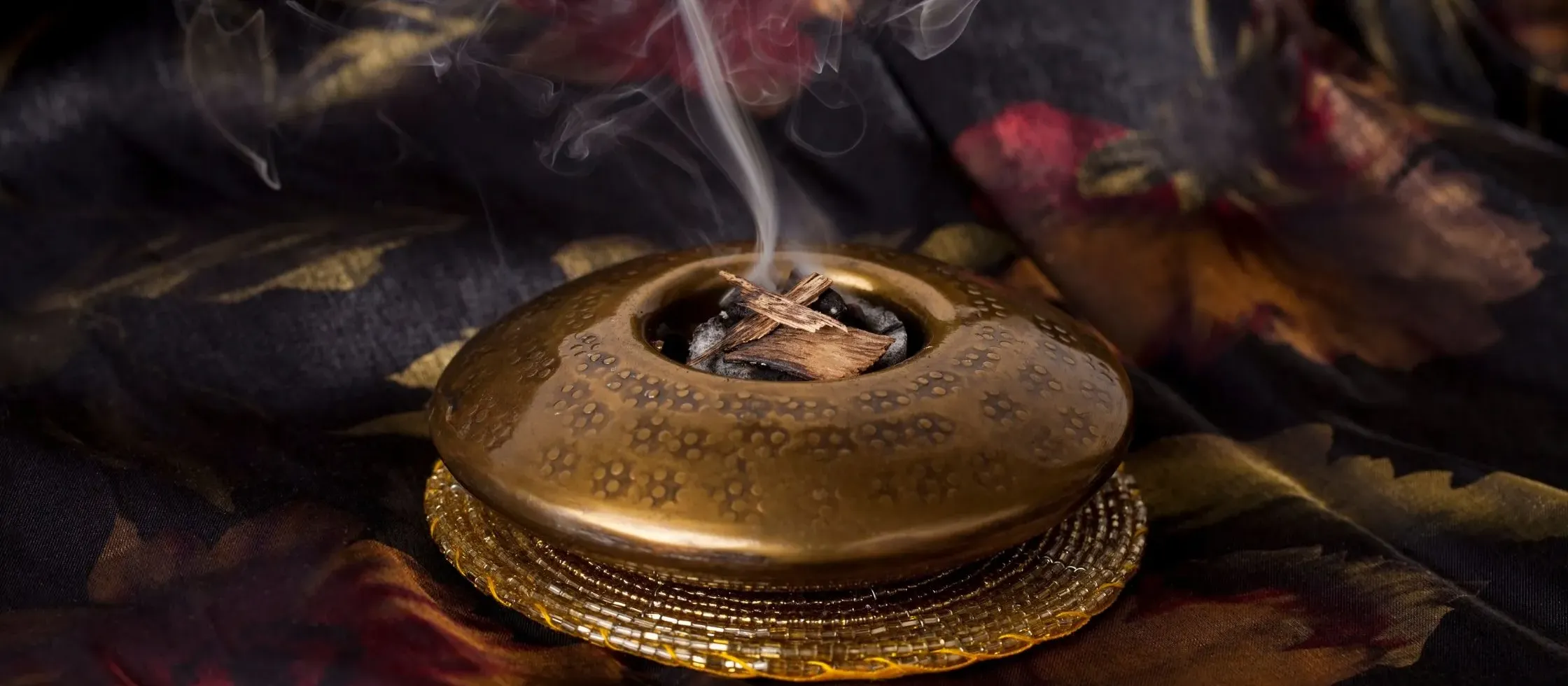What is an Oud Fragrance? Exploring the Aromatic World of Oud

Buy Minimum of Rs. 499 to Get Free Shipping on Cash on Delivery

Have you ever wondered what an oud fragrance is? If so, you're in the right place. In this blog post, we'll take a deep dive into the fascinating world of oud and explore its history, uses, and why it has become so popular in the world of perfumery.
Oud, also known as oudh, is a dark, resinous wood that comes from the heartwood of the Aquilaria tree. It is highly valued for its unique and captivating fragrance, which is often described as warm, woody, and slightly sweet.
The use of oud in perfumery dates back centuries. It has been used for medicinal and spiritual purposes and can be found in some of the oldest texts of mankind, including the Bible. Oud has also played a significant role in various religions, such as Buddhism, where it is burned to aid meditation.
In recent years, oud has gained popularity in the world of perfumery due to its distinctive scent and the sense of luxury it evokes. Perfumers have embraced oud as a new woody olfactory note, creating unique and captivating fragrances that cater to the desires of fragrance enthusiasts.
Oud is derived from the heartwood of the Aquilaria tree, which is native to several countries in Southeast Asia, including India, Cambodia, and Vietnam. The process of obtaining oud is quite fascinating. When the Aquilaria tree becomes infected with a specific type of mold, it produces a resin to protect itself. This resin-infused heartwood is what is extracted to create oud.
In the modern perfume industry, oud has become a highly sought-after ingredient. Its deep, rich scent adds complexity and depth to fragrances, making them more intriguing and luxurious. Oud fragrances are often associated with opulence, elegance, and a touch of exoticism.
In recent years, oud fragrances have dominated the perfume market, but as with any trend, there is always the question of whether it will fade away. However, oud continues to captivate fragrance lovers and perfumers alike. Its timeless appeal and versatility ensure that oud will remain a prominent player in the world of perfumery.
Once considered a rare and exotic ingredient, oud is now more accessible than ever before. While high-quality oud can still come with a hefty price tag, there are now a variety of oud fragrances available at different price points, making it more accessible to a wider audience.
Sylvaine Delacourte is a perfumer known for her exquisite creations, and oud is no exception. Her perfumes feature oud as a key ingredient, showcasing its versatility and ability to blend harmoniously with other notes. The oud fragrances from Sylvaine Delacourte are a testament to the beauty and allure of oud.
Oud fragrances have the power to transport you to another world, evoking a sense of mystery, sensuality, and elegance. They can inspire you to embrace your adventurous side, explore new horizons, and create unforgettable memories.
When you wear an oud fragrance, it becomes a conversation starter. People are drawn to its captivating scent and often inquire about the fragrance you're wearing. Oud fragrances have the ability to spark conversations and create connections with others.
Millennials are known for their desire to experience unique and authentic products, and oud fragrances perfectly align with this mindset. The allure of oud, its rich history, and its distinctive scent make it a popular choice among millennials who seek fragrances that stand out from the crowd.
In conclusion, an oud fragrance is a captivating and luxurious scent that is highly valued in the world of perfumery. Its history, uses, and unique scent make it a fascinating ingredient that continues to captivate fragrance enthusiasts. Whether you're drawn to oud for its cultural significance, its alluring scent, or its ability to transport you to another world, there's no denying the magic of an oud fragrance.